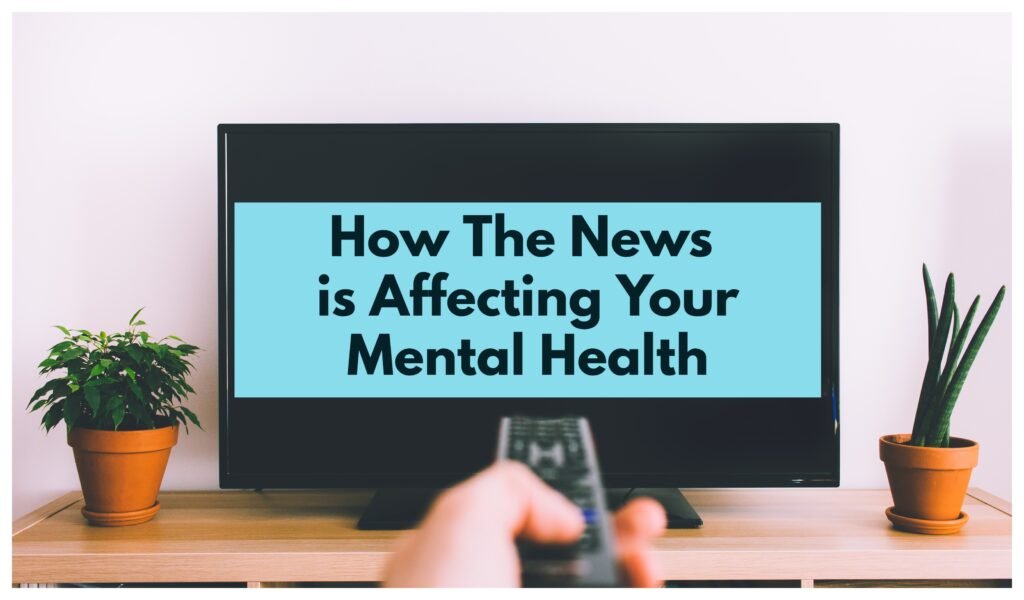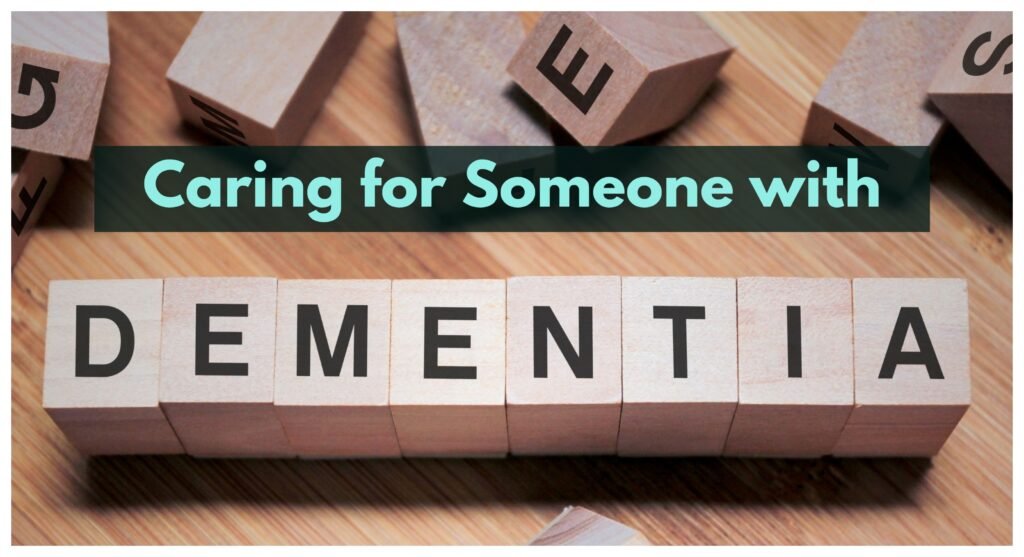Surviving Widowhood in Australia: Best Strategies for Inheriting Superannuation, Wills, and Centrelink
Navigating widowhood isn’t easy, right? It’s like suddenly riding a rollercoaster you never bought a ticket for. Apart from the whirlwind of feelings and missing…









